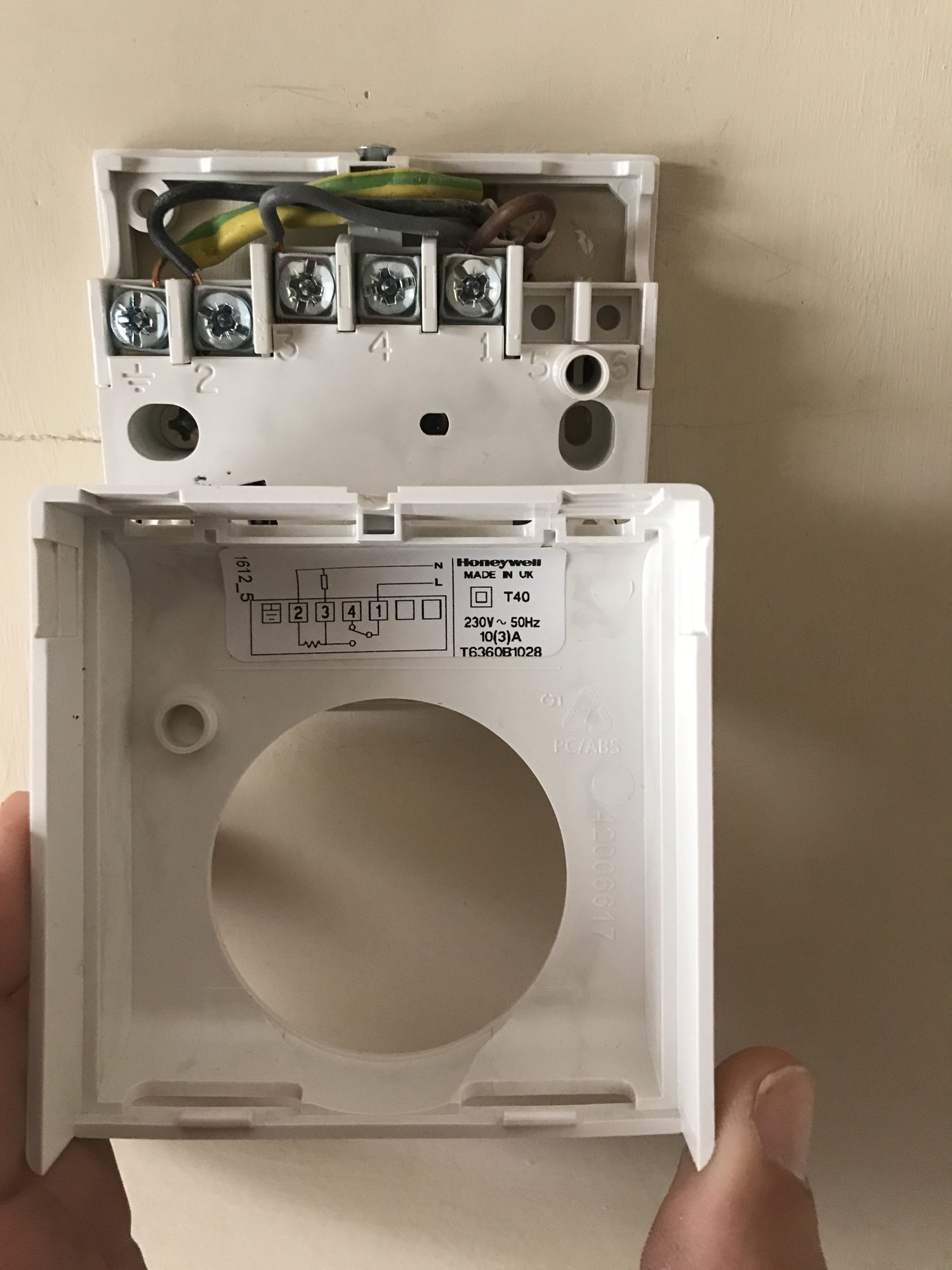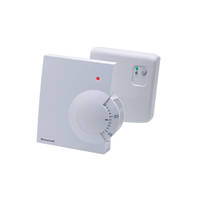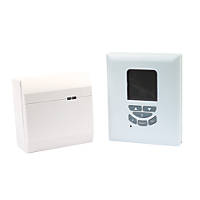There are three basic thermostats.
1) On/off (digital) with no anti-hysteresis software, there will be a gap between off and on temperatures which for temperature control is bad, but for anti-cycling control is good.
2) On/off (digital) with anti-hysteresis software, these control the temperature better, however also cycle the boiler more, so better for room temperature control but not as good for anti-cycling control.
3) Modulating (Analogue) really good at room temperature control, these can be further split into single room control, and multi-room control, the latter uses the thermostatic radiator valve (TRV) with an electronic head to monitor each room and the thermostat is more of a hub collecting information then telling boiler how big of a flame is required.
Although the Analogue should in theory be better, they are expensive, and not all boilers are equip to use them. Boilers come in two main types on/off and modulating, the on/off it does not matter what you want, it can only be switched on/off, the modulating boiler is sub-divided into two types, those with access to BUS and those which can only be controlled using return water temperature.
The latter have a problem, only way it can work out if heat is required is to run for a short time and monitor return water temperature, so these boilers don't run on warm days with fit a thermostat, it should be in a room kept cool, with no outside door, and no other form of heating, and the thermostats job is not to control temperature, the TRV does that, but to turn off boiler on a warm day, and the more basic the thermostat the better.
This thermostat Honeywell Y6630D may look simple, however it is very clever, it has anti-hysteresis software built in so instead of simply switching off at the set temperature, it starts to switch off/on before the set temperature to ensure it does not over shoot, it also has a system to monitor the RF link, if lost it will fail safe, i.e. off, it may have an analogue dial but it is a very clever digital thermostat. This one however
looks very clever, but has no anti-hysteresis software, and if RF is lost will simply continue heating or cooling it has no fail safe. OK it is programmable but it is not reliable and the room temperature with raise and fall with a large sine wave.
The price is a give away, £126 to £67 there is a reason why the Honeywell Y6630D costs so much. Yet the Flowmasta 2219SX is also programmable far cheaper £33.40 and because it does not have wireless works very well, but my point is digital display does not mean better control. Since no idea what boiler you have or what the thermostat is there to do, I can't say which is best for you. However both have one unused terminal, and with new one you don't need the neutral.





